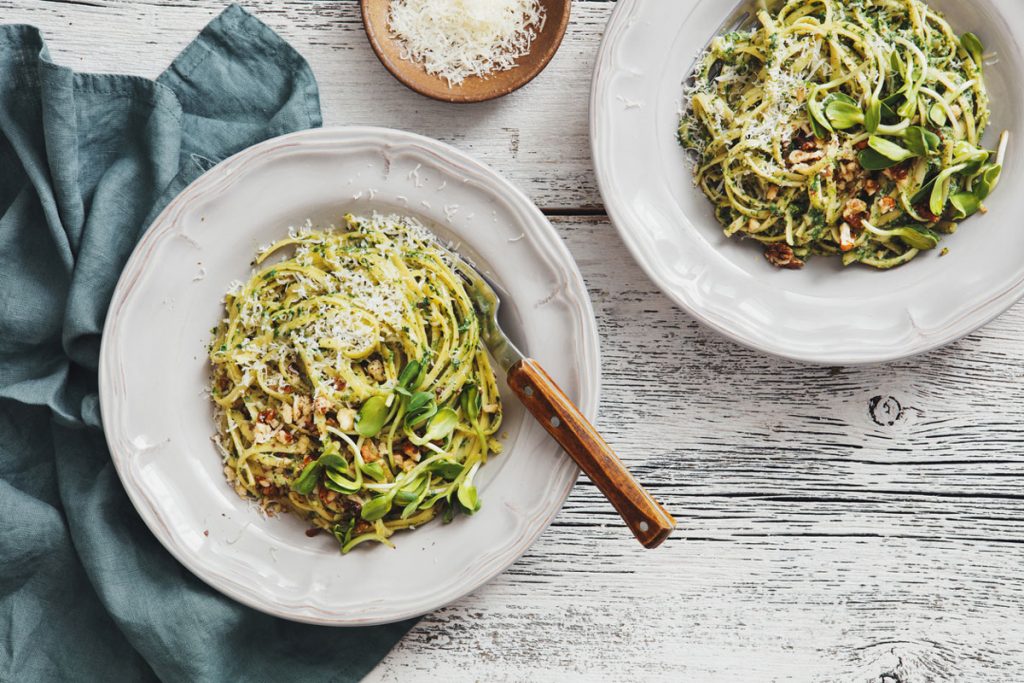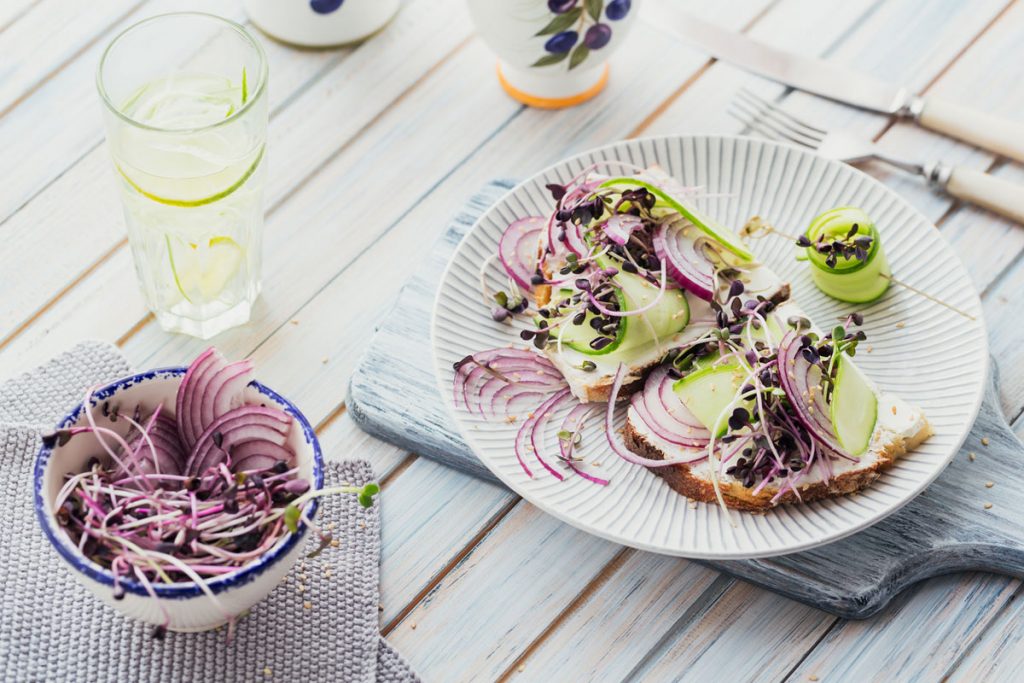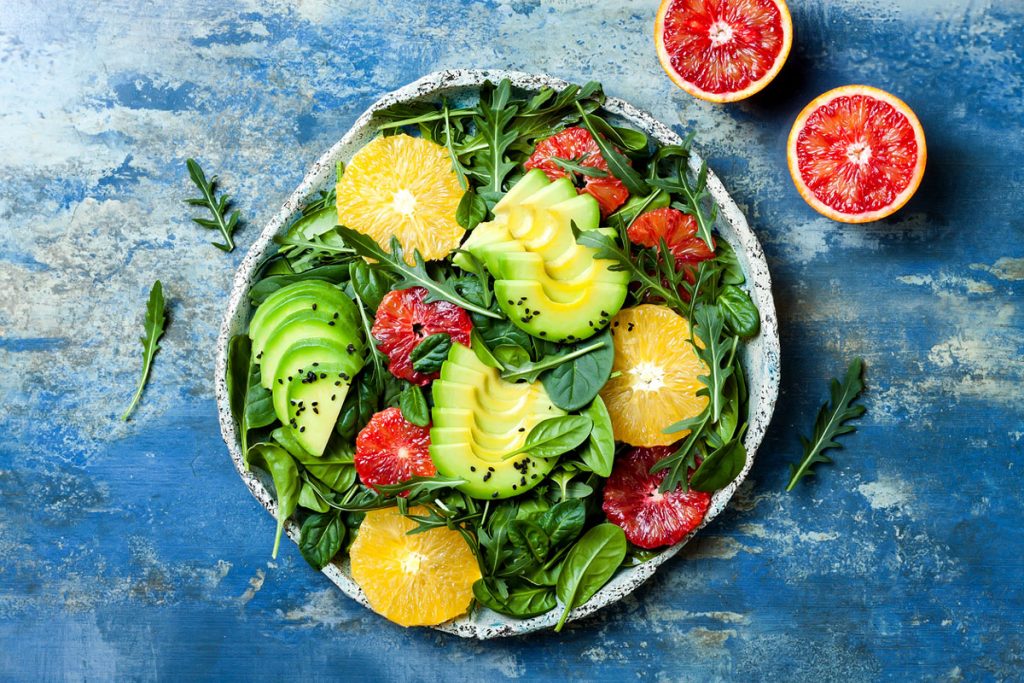Reading Time: 3 minutes read
Food photography speaks to the social and cultural components of breaking bread, which is about more than simple nourishment. A photo of a carefully plated meal calls to mind the love that went into its preparation or the company with whom it was shared.
Whether you’re capturing memories of your adventures abroad or building your own custom recipe book using Motif, these top food photography tips will showcase your yummy spread to best effect.
1. If at all possible, shoot in natural light
No matter how tasty a dish is, either the food or its plate will take on an unappealing glare under the harsh reality of a fluorescent light. Natural daylight provides the warmest, most neutral light for food photography. Avoid shooting in extremely bright conditions, which will create harsh shadows; an overcast day will actually diffuse the light for you, allowing for the truest colors.

If you must shoot indoors, position yourself near a window to take advantage of any available natural light.
2. Shoot from the right angle
When deciding how to photograph your food, consider the viewpoint you want to express or the aspect of the food you want to capture. In many cases, you’ll want to shoot from above, or from the viewpoint of a diner looking at her plate. That said, there are instances where a side or diagonal angle will be most effective—say you’re shooting a slice of layered cake or you want to capture the perfect martini.

3. Remember the rule of thirds in food photography
Our next food photography tip is a staple to all kinds of photography. Photographers rely on the rule of thirds to create visual interest. Instead of centering the focal point of a photo, they compose their shot by mentally dividing the area inside their viewfinder into thirds horizontally. The eye is more drawn to the focal point when it’s spaced carefully, with intentional empty space. Think of this with food photography. Experiment with different place settings, or use artfully positioned utensils to break up your composition and interest the eye.

4. Plate your food with care
All of this talk about the rule of thirds is fine, well, and good, but food photography offers ample opportunities for the use of symmetry. Plate any food you plan to photograph carefully, with an eye for composition. For instance, don’t dump the tomatoes on a salad—artfully arrange them instead. Or stack a plate of chocolate chip cookies with intention.

5. If all else fails, edit your photos
The worst shot is the one you don’t take, so even if the lighting is low or you don’t have a white plate or neutral background, take the photo anyway. It’s better to capture the memory in the moment, particularly if you’re shooting a once-in-a-lifetime meal on a trip. Today’s photo editing software, such as Apple’s native Photos app (of which Motif is an extension), is accessible to all levels of photographers. It’s incredible how many photos can be salvaged with attention to white balance or a careful crop. (Try these 10 editing tips to make your photos look more professional.)
With a bit of care, your food photography can go to the next level! Have fun and bon appétit!






